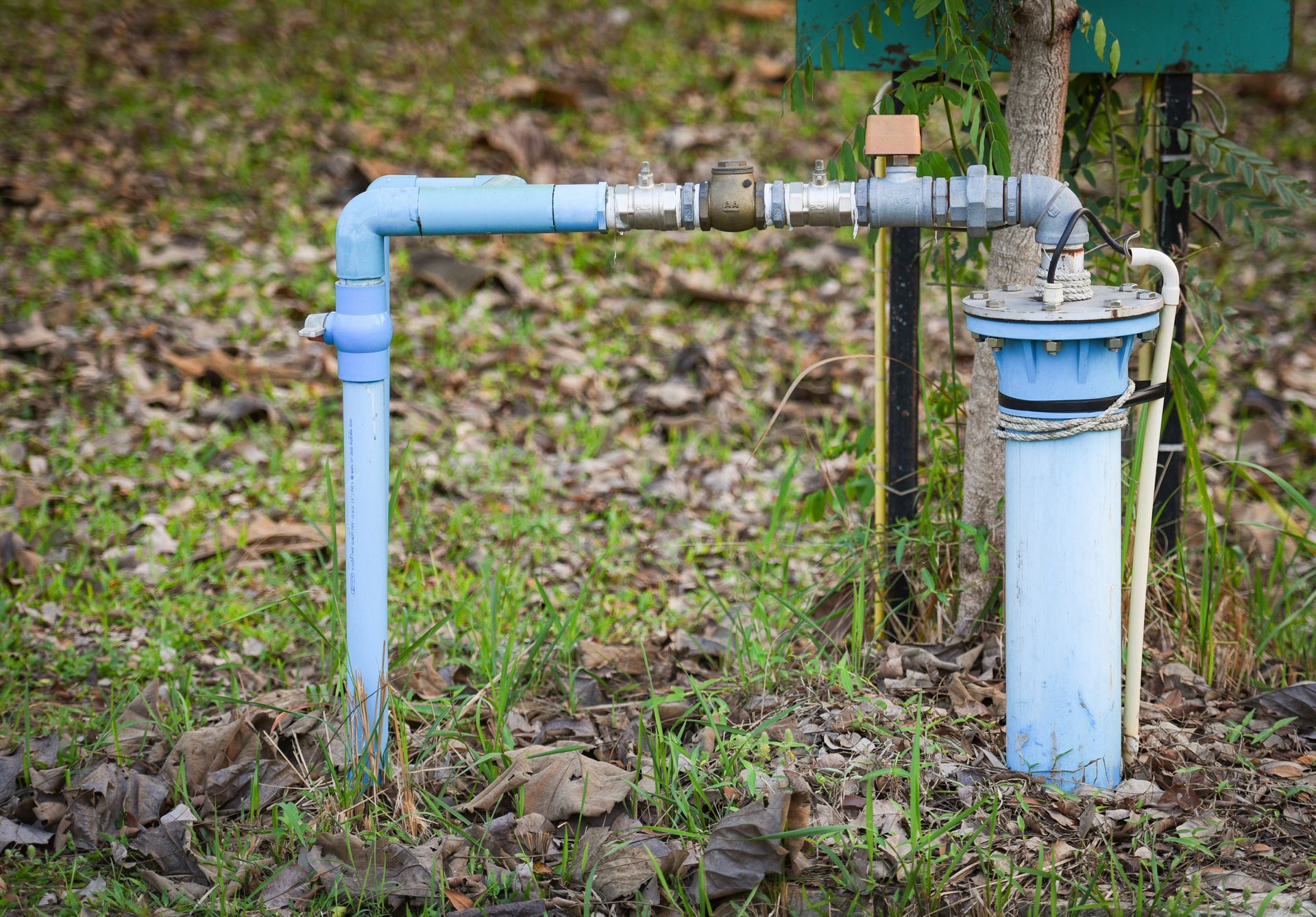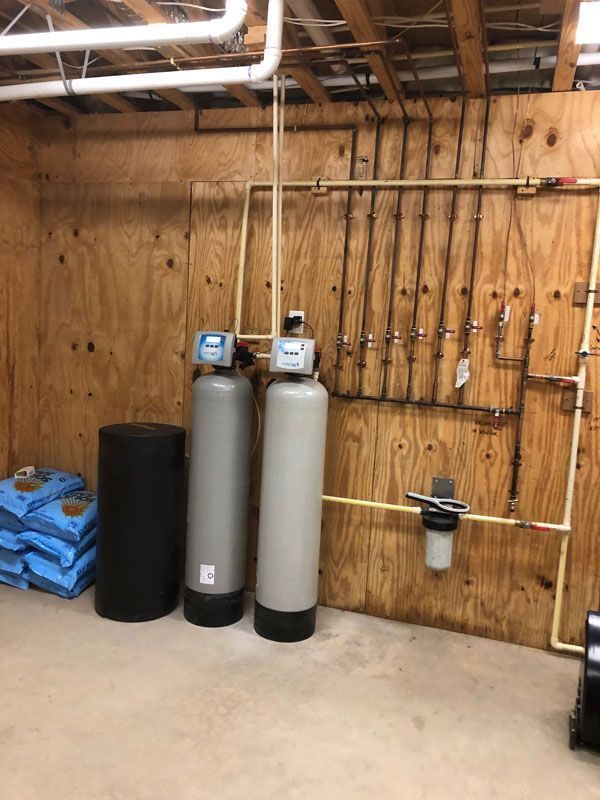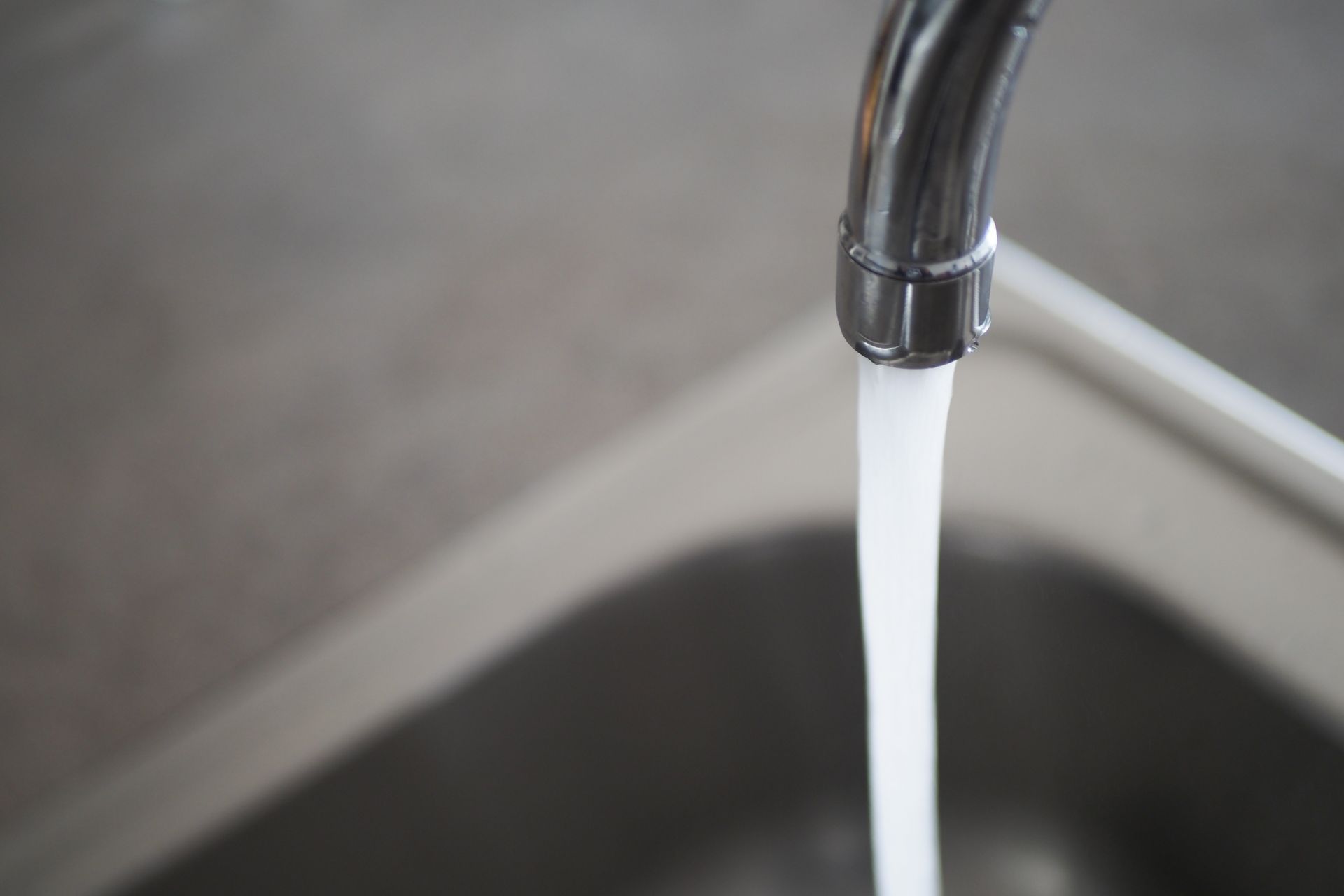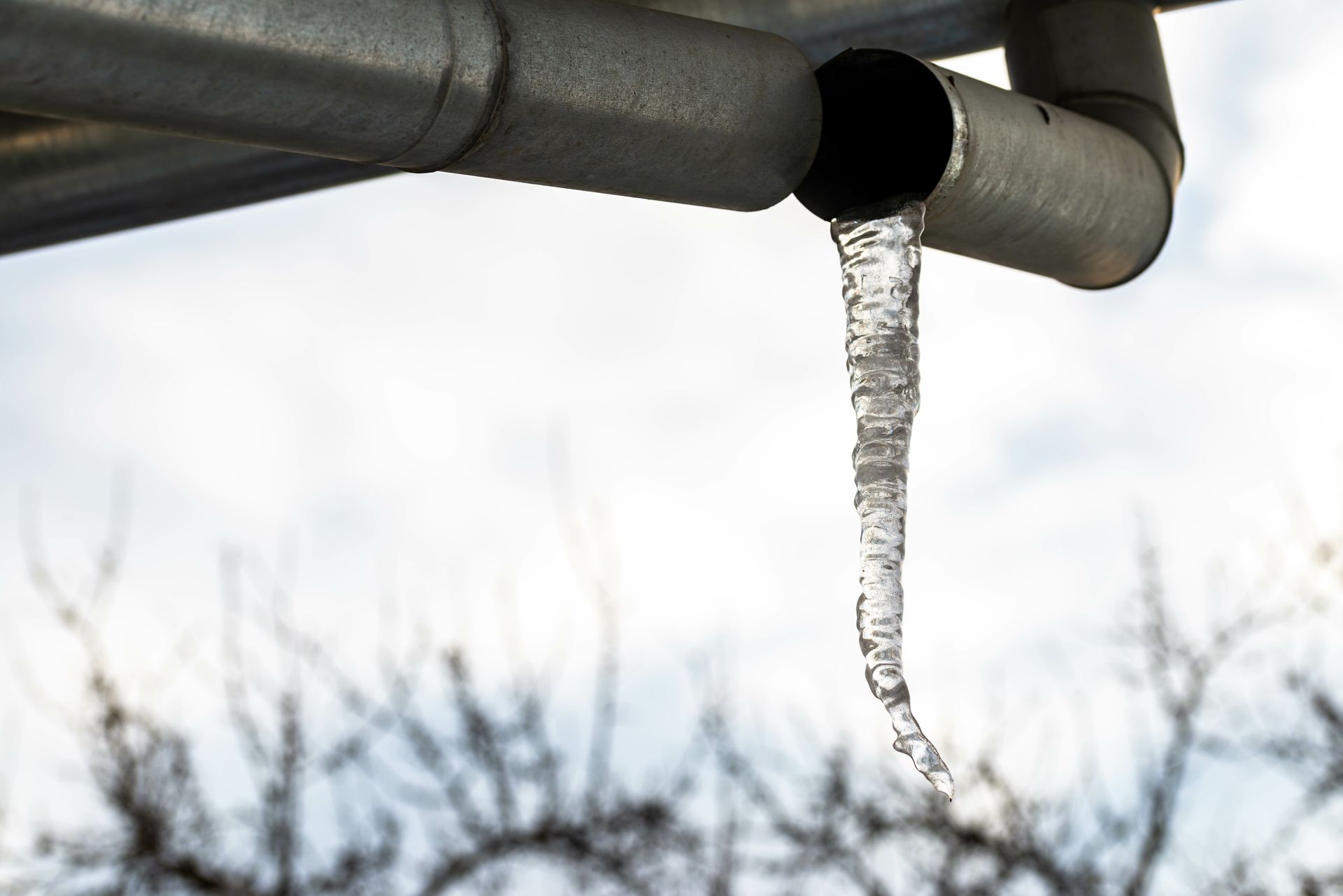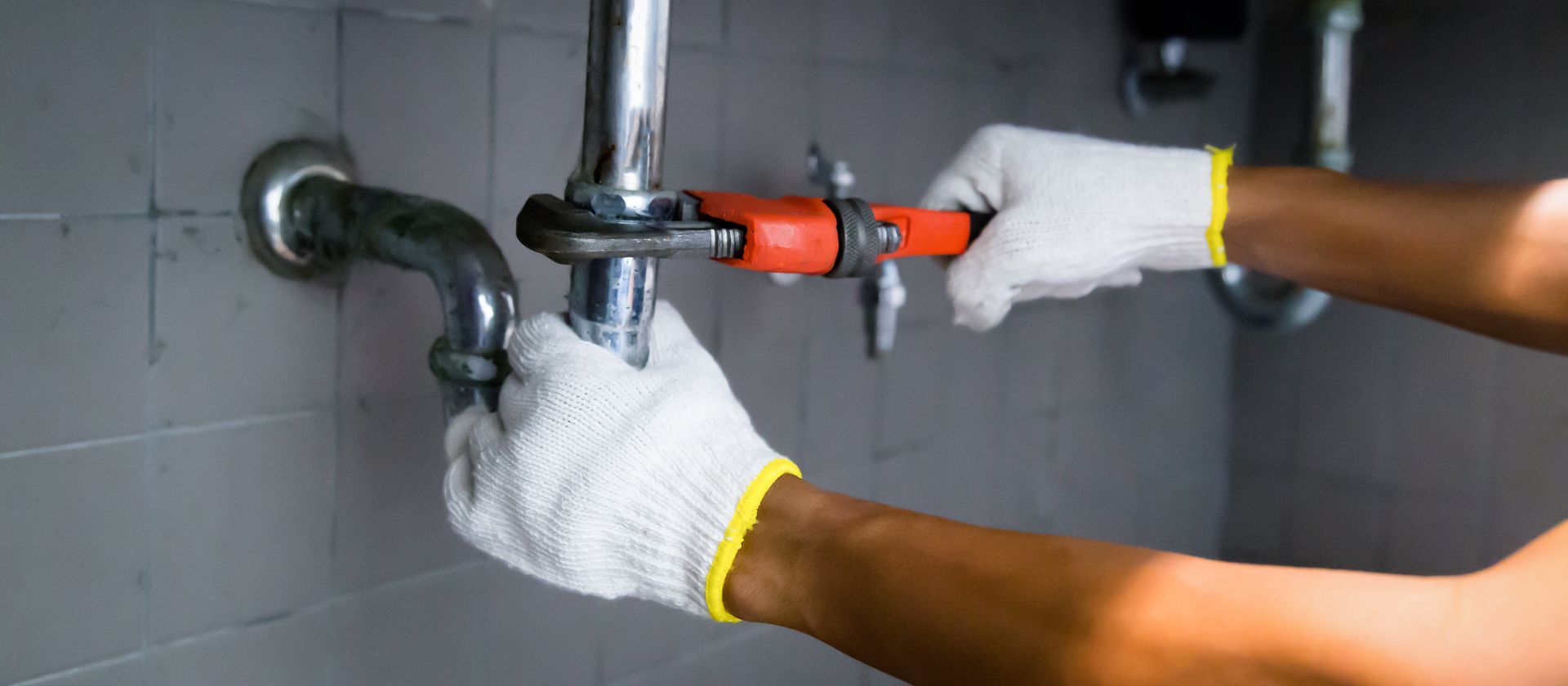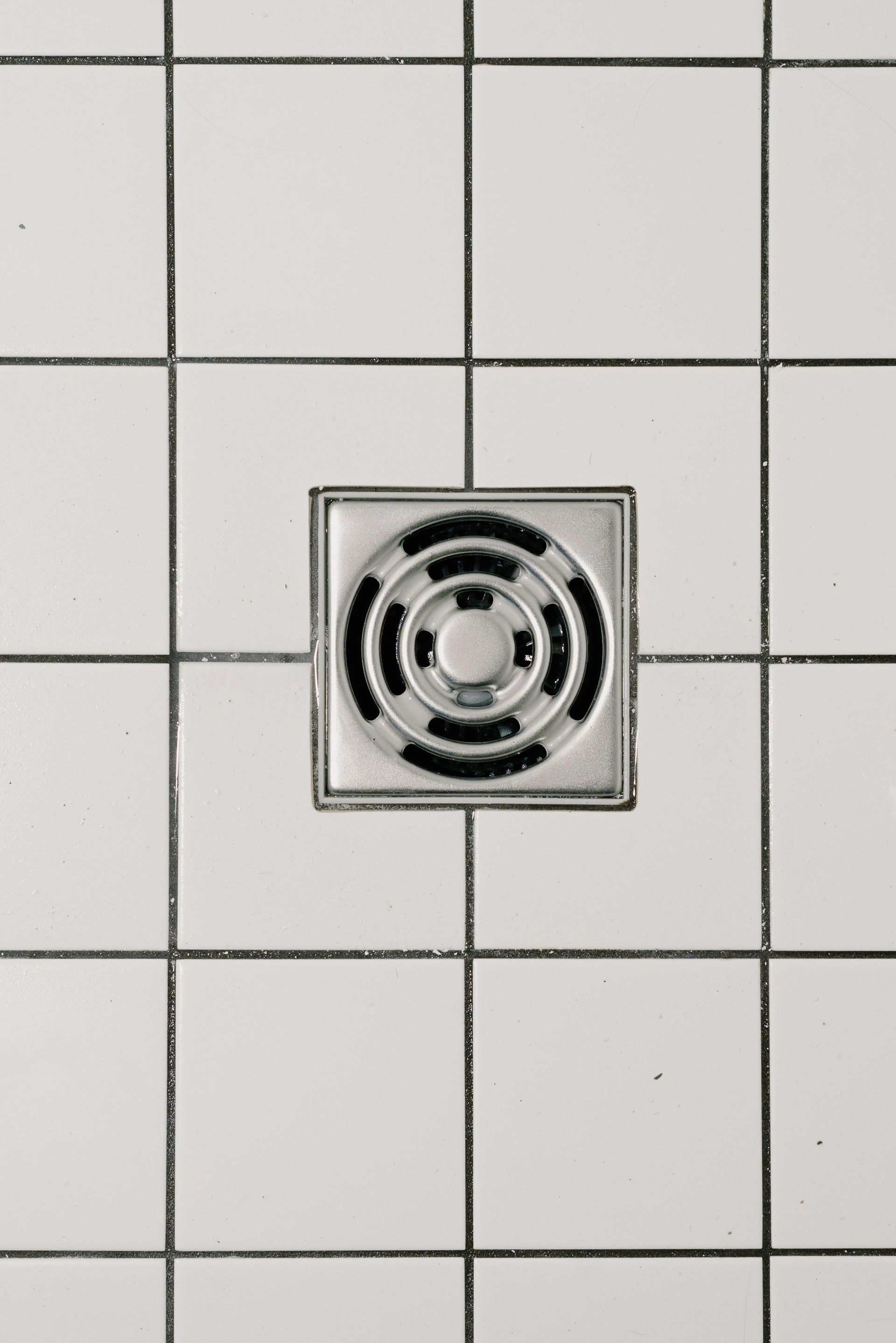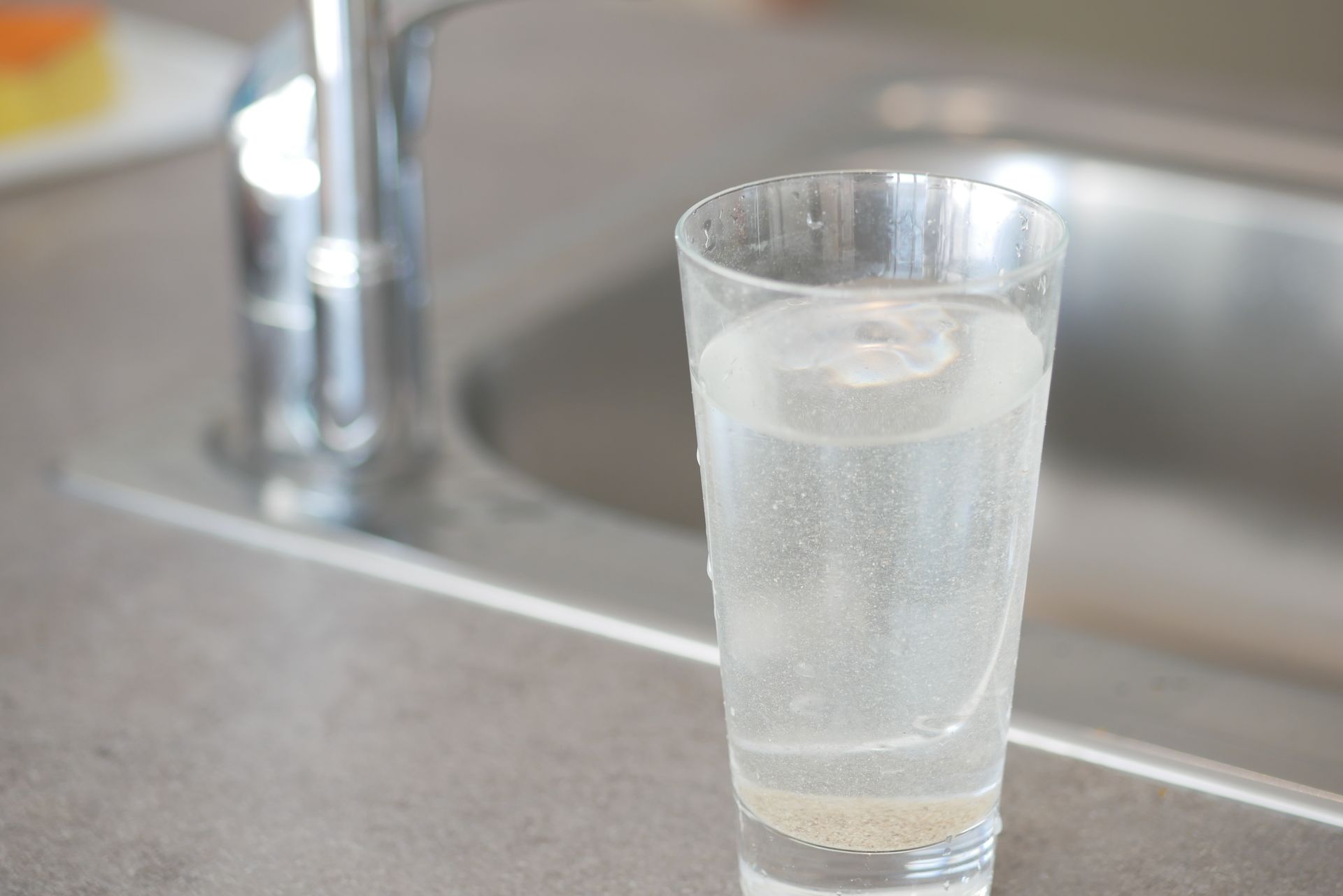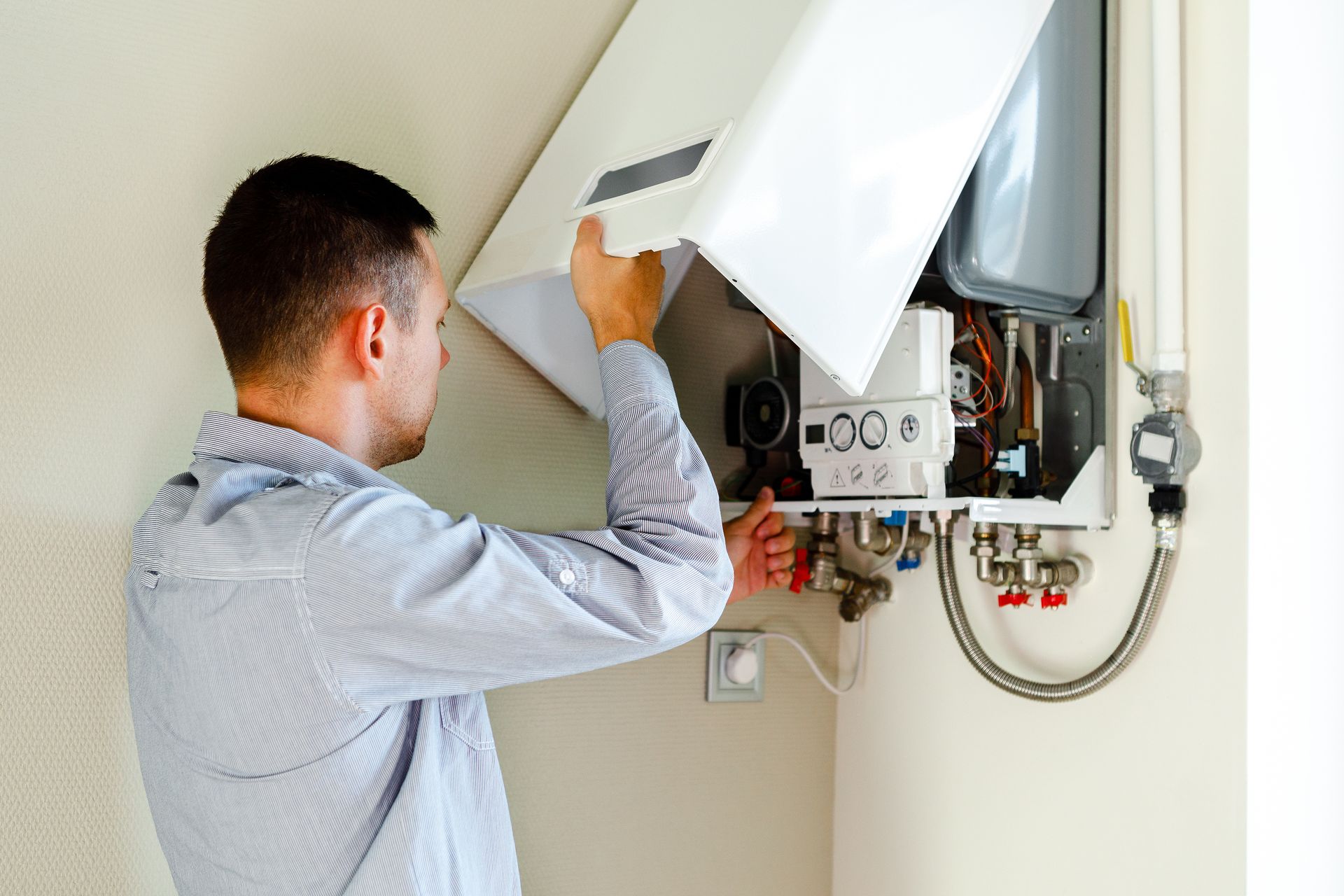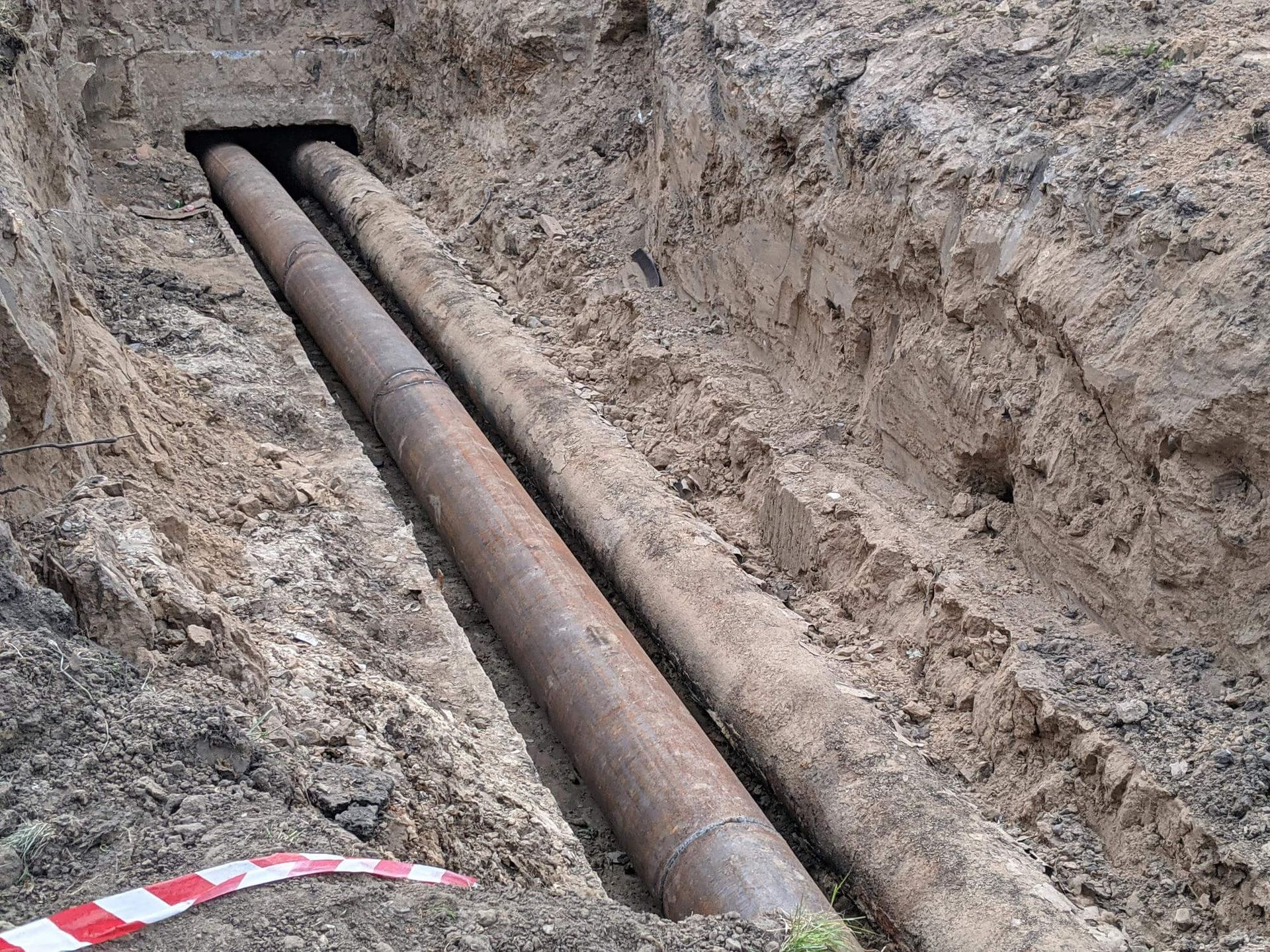Water Heater Maintenance: Tips for Longevity
Your water heater is a crucial appliance that supplies hot water for various household tasks. Given its importance, maintaining your water heater is crucial to ensure it runs efficiently and lasts as long as possible. In this guide, we'll provide you with essential water heater maintenance tips to help you maximize the lifespan of your unit. At
The Plumbing Trust, located in Martinsburg, WV, we're here to help with all your water heater needs, whether it's maintenance, repair, or replacement.
1. Regularly Inspect Your Water Heater
Performing regular inspections of your water heater is one of the simplest and most effective ways to ensure its longevity. A quick visual check every few months can help you spot potential problems before they become serious issues. During your inspection, pay attention to the following:
Check for Leaks
Leaks can lead to water damage and reduce the efficiency of your water heater. Look for any signs of moisture around the base of the unit or near the connections. It's crucial to repair leaks promptly to avoid costly repairs later.
Examine the Pressure Relief Valve
The pressure relief valve is a crucial safety feature on your water heater. It releases pressure if the tank becomes too hot or if the pressure inside the tank exceeds safe levels. To test the valve, carefully lift the lever and allow it to snap back. You should hear a brief rush of air or see some water flow out. If nothing happens, the valve may need to be replaced.
Inspect the Anode Rod
The anode rod is a metal rod inside your water heater that helps prevent rust by attracting corrosive elements in the water. Over time, the anode rod will deteriorate and require replacement. If it's less than half an inch thick or has a mineral buildup, it's time to replace it.
2. Flush the Tank Annually
Flushing your water heater tank annually is an essential maintenance task that helps remove sediment buildup. Sediment, which consists of minerals and debris, can accumulate at the bottom of the tank over time. This buildup can reduce the efficiency of your water heater and lead to premature failure.
How to Flush Your Water Heater
- Turn Off the Power or Gas Supply: For electric water heaters, turn off the power at the circuit breaker. For gas water heaters, turn the thermostat to the "pilot" position.
- Connect a Garden Hose: Connect a garden hose to the drain valve at the bottom of the water heater. Run the hose to a suitable drainage area, such as a floor drain or outside.
- Drain the Tank: Open the drain valve and allow the water to flow out until the tank is empty. Be careful, as the water can be very hot.
- Flush the Tank: Once the tank is empty, turn on the cold water supply to the tank and let it run for a few minutes to flush out any remaining sediment.
- Close the Valve and Refill: Close the drain valve, remove the hose, and allow the tank to refill. When the tank is full, reactivate the power or gas supply.
Flushing your water heater periodically can enhance its performance and longevity.
3. Adjust the Temperature Setting
The temperature setting on your water heater not only affects your energy bills but also plays a role in the longevity of the unit. The U.S. Department of Energy recommends setting your water heater temperature to 120 degrees Fahrenheit for optimal efficiency and safety.
Benefits of Lowering the Temperature
- Energy Savings: Lowering the temperature reduces the amount of energy your water heater uses, leading to lower utility bills.
- Reduced Risk of Scalding: Setting the temperature to 120 degrees Fahrenheit reduces the risk of scalding accidents, especially in homes with young children or elderly individuals.
- Less Sediment Buildup: Higher temperatures can accelerate the buildup of sediment in the tank. By lowering the temperature, you can reduce the rate of sediment accumulation.
How to Adjust the Temperature
To adjust the temperature on your water heater, locate the thermostat dial, which is usually found on the front of the unit. Turn the dial to the desired temperature setting. For electric water heaters, there may be two thermostats—one for the upper element and one for the lower element. Ensure both thermostats are set to the same temperature.
4. Insulate the Water Heater and Pipes
Insulating your water heater and the hot water pipes in your home can significantly improve the efficiency of your system. This simple step helps retain heat, reducing the amount of energy needed to keep the water hot.
How to Insulate Your Water Heater
- Purchase an Insulation Blanket: Water heater insulation blankets are available at most hardware stores. Make sure to buy one that fits your specific water heater model.
- Turn Off the Power or Gas Supply: Before installing the insulation blanket, turn off the power or gas supply to the water heater.
- Wrap the Blanket Around the Heater: Carefully wrap the insulation blanket around the water heater, making sure to avoid covering the top of gas water heaters or any control panels. Secure the blanket in place with tape or straps.
- Insulate the Pipes: In addition to the water heater, consider insulating the first few feet of hot water pipes that extend from the unit. Pipe insulation sleeves are easy to install and can help prevent heat loss.
By insulating your water heater and pipes, you can reduce standby heat loss by up to 45% and save up to 16% on water heating costs.
5. Schedule Professional Maintenance
While there are several maintenance tasks you can perform on your own, it's important to schedule professional maintenance for your water heater at least once a year. A licensed plumber from The Plumbing Trust can thoroughly inspect your water heater, perform necessary repairs, and ensure its operating efficiently.
What to Expect During Professional Maintenance
- Comprehensive Inspection: A professional plumber will inspect all components of your water heater, including the tank, valves, thermostat, and anode rod. They'll check for any signs of wear and tear or potential issues that could lead to failure.
- Flushing and Cleaning: The plumber will flush the tank to remove sediment buildup and clean any components that may be dirty or corroded.
- Anode Rod Replacement: If the anode rod is significantly corroded, the plumber will replace it to ensure the longevity of the tank.
- Safety Checks: The plumber will perform safety checks on the pressure relief valve, gas connections, and electrical wiring to ensure everything is functioning properly.
Regular professional maintenance can help prevent costly repairs and extend the life of your water heater.
Contact The Plumbing Trust for Water Heater Services in Martinsburg, WV
At The Plumbing Trust, we understand the importance of a reliable water heater in your home. Our team of experienced plumbers is dedicated to providing top-notch maintenance, repair, and installation services to keep your water heater running smoothly. Whether you need a routine inspection, a tank flush, or a complete replacement, we're here to help.
Don't neglect your water heater until it fails. Regular maintenance can prevent problems and save you money. Contact The Plumbing Trust in Martinsburg, WV, today at
(304) 249-4956 to schedule your
water heater service. We also offer
general plumbing,
well pump repair, and
water treatment. Let us help you keep your water heater in optimal condition for years to come.
FAQs
